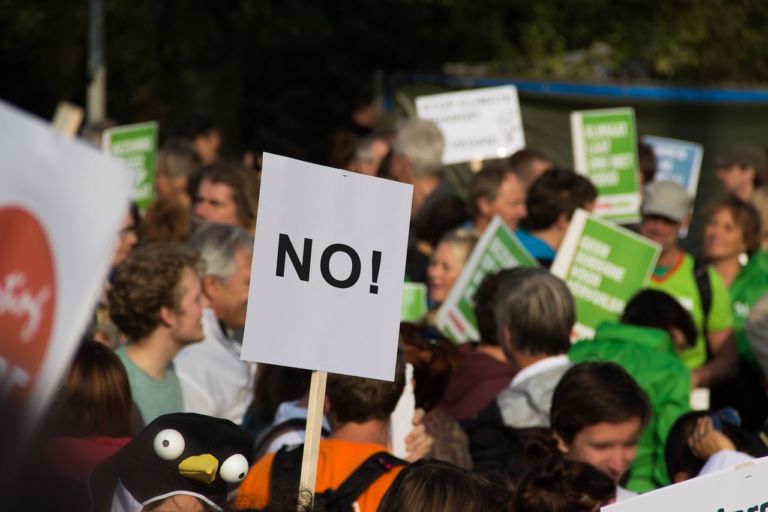Ryan Streeter and Kawit Promrat write for Real Clear Policy about one interesting impact of the COVID-19 pandemic.
An unforeseen outcome of the pandemic is what we might call “urban heartland chic.” As the media focused intently last year on people leaving expensive and increasingly unworkable large coastal cities in a season of disease and unrest, lower-cost, better-performing cities never looked better. No longer bound to their city of residence by their jobs, many Americans packed the U-Haul and headed for saner pastures.
In reality, migration between cities is not that much different than before the pandemic. The media is just covering it more now. Growth had slowed and even reversed in big cities like New York, San Francisco, Chicago, and Los Angeles over the past decade, outpaced by fast-growing inland dynamos like Austin, Raleigh, and Nashville. The difference now is more people are connecting the dots between these migration trends and the failings of costly, dense cities with aging infrastructure, sclerotic bureaucracies, and rising crime.
Urban residents may be the most economically optimistic Americans — believing more in the promise of entrepreneurship and America’s economic future than non-urban people — but they are the most likely to distrust their local political leaders. Large percentages are weary of housing costs and social unrest. In-migration into large coastal cities has slowed during the pandemic. And Americans in general are pining for less-dense places. Gallup found at the end of 2020 that 48 percent of Americans would prefer to live in a small town or rural area, up from 39 percent in 2018.
Most people won’t ever live in small towns and rural areas, though, because of the metropolitan nature of the U.S. economy — which bodes well for urban heartland chic pioneers. They stand the most to gain from Americans’ need to live in cities and desire to live outside them.


